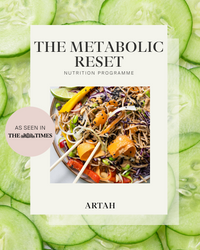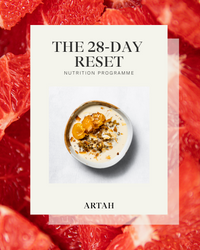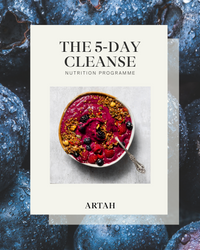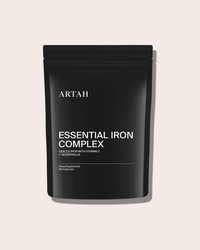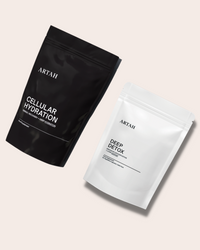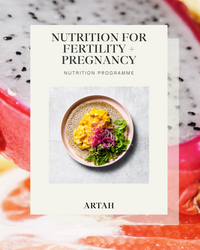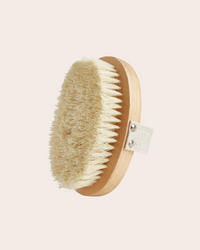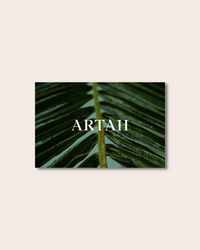What Your Skin is Trying to Tell You
Our skin is the largest organ in the body, and when it comes to our health, the condition of our skin can give us a good insight into what’s going on beneath the surface.
While this idea has been used as a diagnostic method in traditional forms of medicine for centuries, it’s only recently that research has begun to back this notion up.
Skin can not only perceive stress, but it’s also a target of the stress response – this means that stress (whether it’s emotional, environmental, or physical) can trigger inflammation, impair wound healing, cause premature aging, and worsen skin conditions. We also know that certain bacteria in the gut are linked to different conditions of the skin, that hormones influence collagen production, and that certain foods can trigger different responses in the skin.
So, if skin is a reflection of our health, what’s it trying to tell us?
A CONGESTED T ZONE
The T zone refers to our forehead and nose area, and in Ayurveda and TCM face mapping, congestion or acne in this zone can indicate digestive stagnation and excess stress.
What to do:
— Check in with your gut: ensure your digestion and elimination pathways are optimised and be mindful of how your gut feels on the day to day. Try adding at least 3 servings of natural fermented food per week.— For a quick it powerful fix, try the our 5-Day Cleanse, to reduce stress and enhance your skin, sleep and digestion.
— Be mindful of how stress is impacting your sleep and food patterns. Implementing yin, mindful eating, or quick meditations can help reduce stress, improve sleep quality, improve cortisol levels and will have a knock on effect on digestion.
What to take:

DEHYDRATED SKIN
Dehydrated skin is different from dry skin. Dry skin refers to a lack of natural oils, while dehydrated skin refers to a lack of water. With dehydrated skin, you’ll notice a loss of elasticity, the appearance of surface fine lines, dullness and darker circles under your eyes.
What to do:
— Dehydrated skin is an inside job. Start with looking at your diet – excess alcohol, salty processed foods and sauces, excess sugar and caffeine and a loss of electrolytes will all contribute to your underlying hydration status. Magnesium, which is depleted by all the above, is essential to produce hyaluronic acid, which is the holy grail of skin plumping.— Dehydration is common with extremely low carb or keto diets, so make sure you’re replacing essential electrolytes. This is also essential if you’re doing lots of sweaty exercise.
—Up your intake of natural fats (avocado) and foods rich in Vitamin C, Zinc, Beta Carotene, and foods that promote hyaluronic acid production (like almonds, bone broth, organic tofu, sweet potato).
What to take:

— Cellular Hydration.
ACNE ALONG THE JAWLINE
This pattern of acne is most often associated with hormones and is the most common site of acne for acne flare ups linked to the menstrual cycle or PCOS. Most hormonal acne is a combination of over active sebaceous glands and is inflammatory in nature, so reducing factors that exacerbate inflammation is the first line of defence. Dairy has been linked to acne, and other lifestyle influences like alcohol, stress, and a high sugar/high ultra processed diet can make it worse.
What to do:
— Limit or eliminate cow’s milk dairy for a few menstrual cycles to see if it helps reduce breakouts. — Avoid or reduce alcohol the week leading up to your hormonal flare ups.
— Be mindful of sugar and junk food; if you have a sweet tooth, look for healthier homemade versions of your favourite treats.
What to take:

BROWN PATCHES
Brown patches, plaques, or excessive skin tags can be a more serious red flag. Acanthosis nigricans is a condition characterised by brown plaques, typically found in body folds like the neck and armpits, that can indicate abnormal blood sugar levels or diabetes.
What to do:
— If you spot these, make sure you double check them with your doctor to make sure there is nothing serious going on.
ECZEMA
Eczema is a condition that’s influenced by many factors – while there is a genetic component, individuals with eczema tend to have an overreactive immune system, but lifestyle factors like food and stress are major influencers. Even if you’ve had eczema since childhood, if your skin is constantly in a flared up state, your body is telling you that something is off.
What to do:
— Identify your food triggers. This is probably the most important thing you can do to remove the constant immune activation from what you’re eating. Gluten and cow’s milk dairy tend to be major offenders when it comes to eczema, but there are different ones to look out for. Start with an elimination diet like the The 28-day Reset to identify food triggers and help reduce the immune burden.
— Manage stress. Almost as important as finding the foods that trigger you is stress management. Managing - a must have part of any eczema treatment plan. Whether this means more sleep, more you time, less social events or more meditation, finding something that works for you is essential.
What to take:















